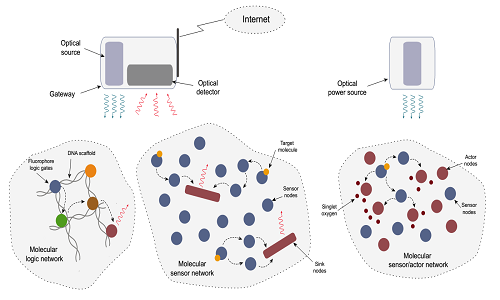TUBITAK 109E257
Nanoscale and Quantum Communications (2010-2013)
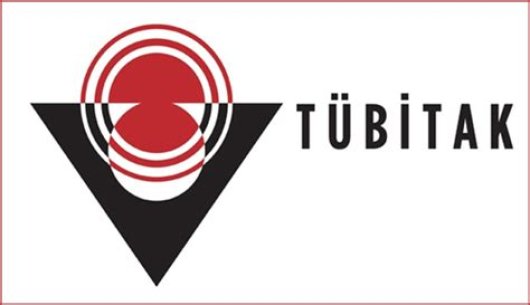
Nanoscale and Quantum Communications
- Funded by: TUBITAK 109E257
- Period: Feb 2010 - Jan 2013
Nano Communications is the area of research for finding efficient means of communication for the future nanodevices. These devices are planned to have a wide range of application areas. Today, research on nano-communications is divided into two main streams: EM Nano Communications and Molecular Nano-Communications.
Terahertz Electromagnetic Communications
waves as information carriers similar to classical communication. However classical methods cannot be directly applied to nano domain due to extreme scarcity of resources and quantum effects of materials. Hence novel materials and techniques need to be utilized. CNTs are the most famous and promising material for nano-communications. The charged CNT resonates with the exciting wave and its distance to the plate changes in accordance with the wave amplitude. Variation of distance changes the field emission properties of CNT resulting a variation in current. This is the main idea for using a single CNT as antenna and demodulator together.
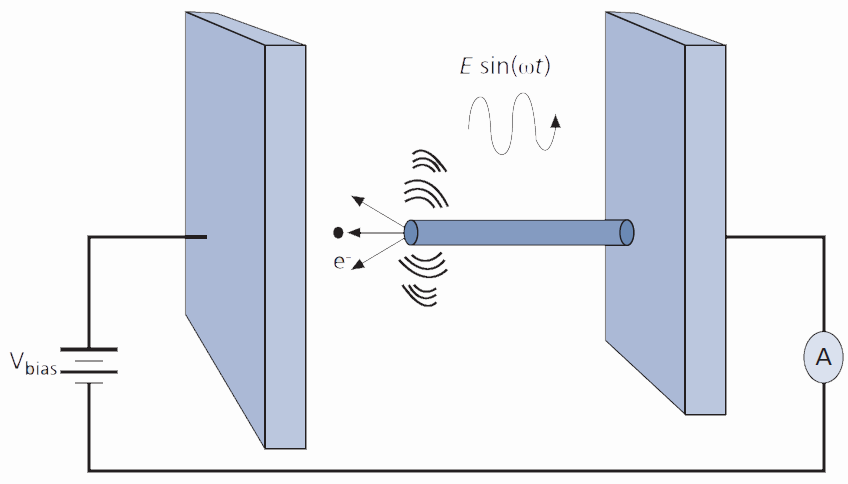
Molecular Communications
Molecular Communications is the natural communication technique used by living organisms (e.g.insects communicating via pheromones) and is envisioned to become aviable method for future nano devices. Concentration of the molecule at close proximity of the receiver may be used to understand the molecular bit transmitter sent.
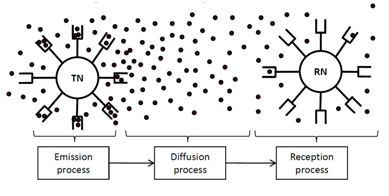
Quantum Communications
Quantum Communication is based on transferring entangled pairs from one location to another, with the help of swapping, repeating and purification. Quantum Interference, or Quantum Parallelism provides us immense computational power, especially in source coding, where rather than individual inputs, information regarding the whole content is required.
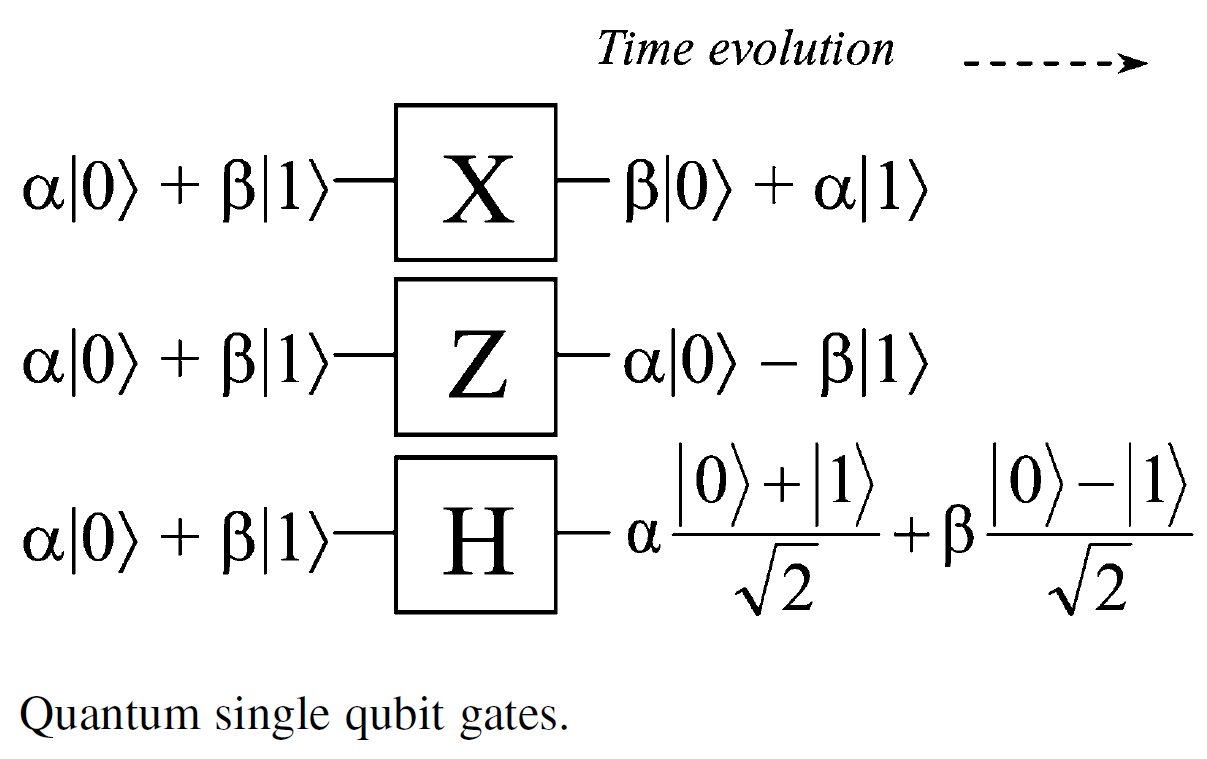
Communication with Fluorescence Resonance Energy Transfer (FRET)
FRET is a nonradiative energy transfer process between fluorescent molecules based on the dipole-dipole interactions of molecules. Energy is transferred rapidly from a donor to an acceptor molecule in a close proximity such as 0 to 10 nm without radiation of a photon. Low dependency on the environmental factors, controllability of its parameters and relatively wide transfer range make FRET a promising candidate to be used for a high rate nanoscale communication channel.
